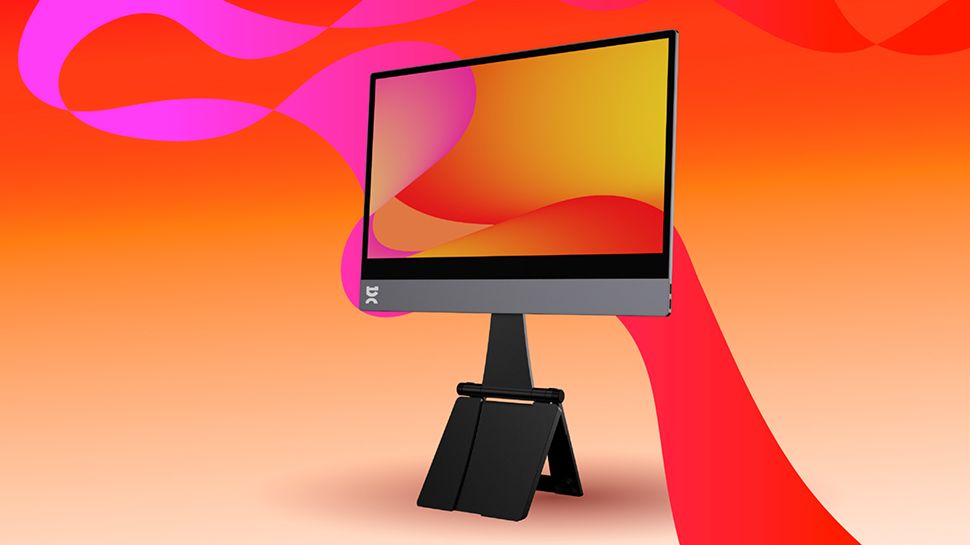Chinese tech giant Alibaba has claimed it has built the first commercial server powered by a processor designed on the RISC-V CPU architecture, astonishingly announcing this news in the US at this year’s RISC-V Summit.
As reported by HPCWire, the system, made using an indigenous Sophon SG2042 chip, is a gigantic 3,072-core server with 48 nodes that’s been deployed at Shandong Univeristy in China. It’s the first cloud-facing commercial server built with RISC-V processors. Each processor has 64 cores, with a 2GHz frequency, 64MB system cache and connectivity through PCIe 4.0.
It means China has beaten the US in a key milestone in the race to expand the RISC-V ecosystem and the adoption of the embryonic chip architecutre, especially with the US government showing great interest in the technology.
Entering RISC-V political territory
First touted as a University of California project in 2010, the RISC-V instruction set architecture (ISA) has grown from strength to strength in recent years. Its aim is to rivalboth the prevalent ISAs within the next decade or so: x86 — which both Intel and AMD specialize in — and ARM.
Both ARM and RISC-V are reduced instruction set computing (RISC) CPU architectures, but the main difference is that ARM is proprietary technology, while RISC-V is an open source alternative. This means it’s free-to-license, which lowers the barrier of entry.
Indeed, x86 architectures are also closed source, making RISC-V one of the best candidates for an open and widely used ISA in the future. Big companies are buying into it, with Qualcomm, for example, creating a RISC-V Snapdragon Wearable platform that will power future Wear OS devices.
Given that RISC-V is an open standards, with technologists around the world contributing to its development, China reaching a key milestone in the race to the RISC-V ecosystem is particularly politically relevant.
Lawmakers in the US are concerned China might be exploiting the open nature of collaboration between predominately US companies to boost its own semiconductor industry — which could eat into the West’s advantage, according to Reuters. This is particularly relevant considering the trade tensions, and recent developments in which the US blocked exporting high-end AI chips to China.





![Arcane season 2 act 3 ending explained: is [SPOILER] dead, is there a post-credits scene, will there be a season 3, and more of your biggest questions answered](https://cdn.mos.cms.futurecdn.net/eigNZzwmEEgjNReJf2UgzQ-1200-80.jpg)